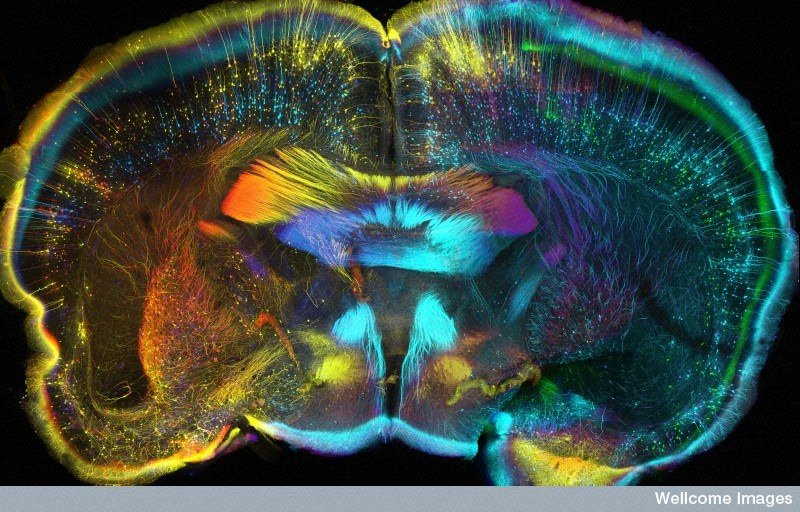Alzheimer’s is one of the most common diseases that people develop as they age. As a neurodegenerative disease, it is an irreversible brain disease in which memory and overall brain function slowly deteriorate and are destroyed altogether. However, a 2014 study from Stanford may prove the exact opposite—that Alzheimer’s can be reversed.
A type of immune cell called microglia is responsible for getting rid of various viruses and harmful “gunk,” like amyloid plaques, from the brain. The buildup of amyloid plaques is the main cause of Alzheimer’s. Microglia cells are significant, as they prevent a large number of nerve cells (neurons) from dying. As people age, a protein called EP2 hinders the microglia’s performance in removing toxins. Harmful toxins start building up, causing neurons to die and ultimately damaging the brain.
Scientists discovered that, in young mice, the microglia does its job of clearing away the amyloid plaque. By blocking EP2 with the use of NSAIDs in lab mice, the microglia were able to function properly and efficiently again, thanks to the decrease in inflammation. With the presence of the receptor protein EP2 (Prostaglandin E2 receptor), inflammation (which promotes plaque formation) is more likely to occur when binding to a substance called PGE2 (Prostaglandin E2). Nonsteroidal anti-inflammatory drugs (NSAIDs), like aspirin, block enzymes that can ultimately produce PGE2, causing EP2 to act up and hinder microglia from effectively clearing amyloid plaque.
Image Source: Visuals unlimited, Inc./ Carol and Mike Werner
The study also included mutating/altering mice microglia, which did not have EP2. Scientists took macrophages from both young and old mice. The older mice’s macrophages tended to have a large amount of EP2 activity with the presence of A-beta, proteins that form amyloid plaques. After removing EP2, they saw improvement in the mice’s memory. With this, scientists have discovered that not only is Alzheimer’s preventable in mice and possibly in humans, but that this method has many other benefits as well. They observed that these bio-engineered microglia actually did better overall compared to unaltered microglia. The bio-engineered microglia were able to do various vital tasks in A-beta challenged brains, like producing beneficial chemicals for neurons and creating proteins; they combat and avoid causing inflammation. This study shows that it may actually be possible to reverse Alzheimer’s or to prevent the disease from even having a chance to exist in the first place. These breakthroughs were made with lab mice, but in the near future, these methods may be applied to humans.
Feature Image Source: Mouse brain, coronal view by Wellcome Images










